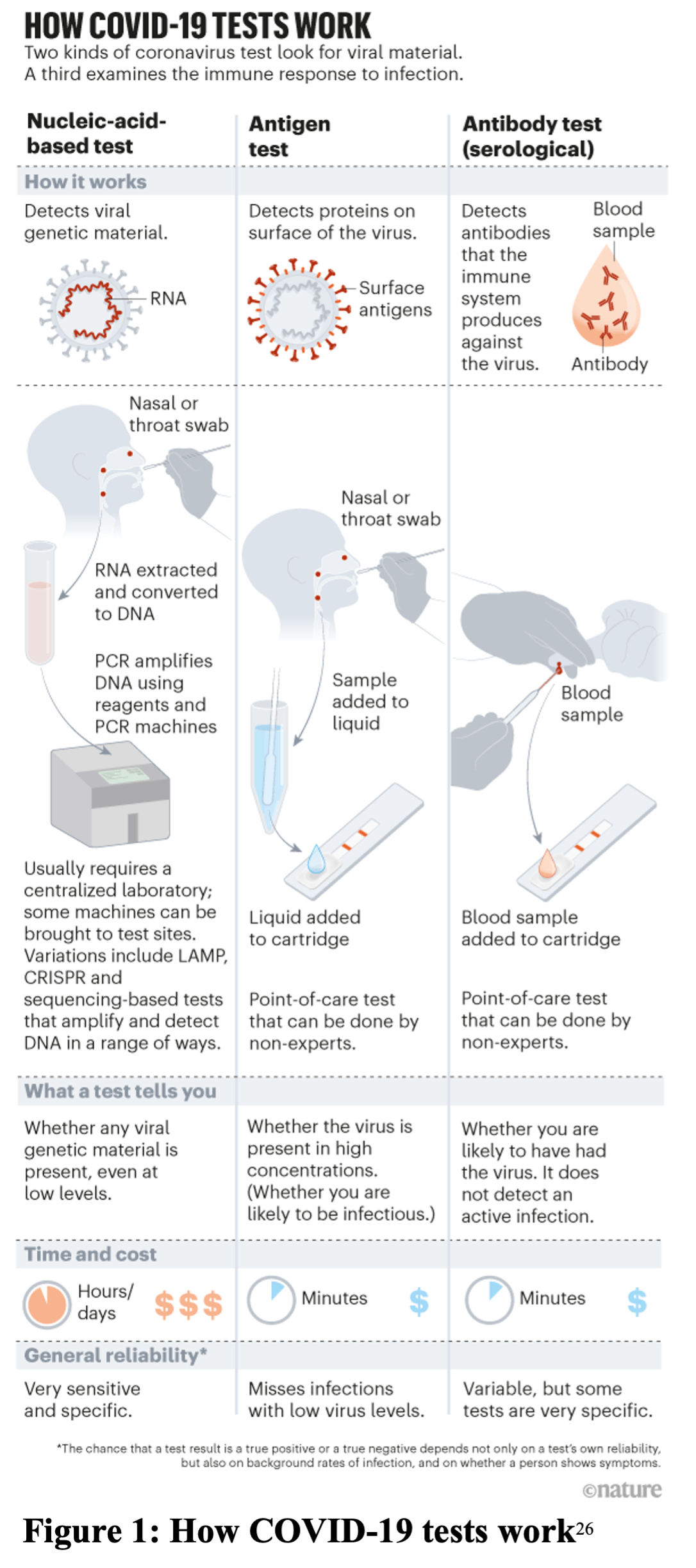COVID-19 Rapid Guidelines
COVID-19 Rapid Guidelines
Organisation and management in Low Resource Countries
Aims
Aims
This guideline covers the wide range of global efforts to counter the COVID-19 pandemic, aiming to outline options for the delivery of care.
In noting the wide variation in testing, triage, management and vaccination (summarised in Table 1.1–5 ), we seek to identify opportunities for rapid transformational change particularly in countries with stretched resources and less well-developed healthcare systems.
The infographics should enable easy translation, education, and dissemination among both the healthcare population and the public. It has been divided into organisational delivery, treatment, and vaccination.
Cite as: Vancheeswaran, R.*, Barlow, A.*, Pyae, P.K.*, ONeill. A., Vancheeswaran, V., Mitchell, H., Cama, R., Van der Watt, M. (2021) COVID19 rapid guideline-Organisation and management in low resource countries. The Physician vol 7; Issue 1: 1-14 ePub 15.05.21 DOI
https://doi.org/10.38192/1.7.1.7

COVID-19 Testing
COVID-19 Testing
Confirmation of acute infection
There are 2 main techniques used to demonstrate the presence of SARS-CoV-2 (figure 1). Nasopharyngeal swabs which are sent for laboratory PCR analysis can detect the viral RNA and give a good indication regarding current infection and infectivity. This is the most sensitive and specific method.26
A more cost-effective and widely available alternative is rapid antigen tests. Individuals can self-test and get a result within 15 minutes regarding current infection, but they offer lower accuracy and may miss cases with lower viral loads.
Confirmation of previous infection
Point of care serum antibody tests also give a quick result but are not suitable to demonstrate acute infection. They test for IgG and IgM (and in some cases IgA) against SARS-CoV-2 and can give an indication regarding an individual’s infection status as well as possible immunity.
Of note the viral RNA PCR analysis can give information regarding the genetic subtype of SARS-CoV-2, which is a significant advantage over the other methods of testing.
Triage Pathway
Models of care
The WHO and various organisation have provided models of care that can be developed to ensure the organisational delivery of services to a population. Figure 3 shows the WHO recommended model and Figure 4, a suggested model that may be considered for low resource countries with high populations such as India.
C-19 care pathway
physicianjnl.net
editor.thephysician@bapio.co.uk



